Free Courses Sale ends Soon, Get It Now


Free Courses Sale ends Soon, Get It Now


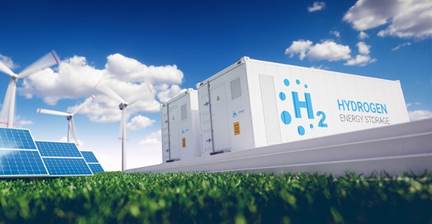
Disclaimer: Copyright infringement not intended.
Context
Electrolyzer
.jpg)
How does an Electrolyzer work?
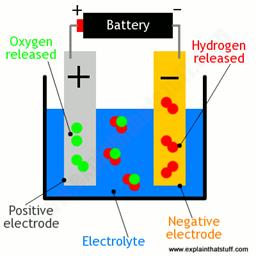
Types of Electrolyzers
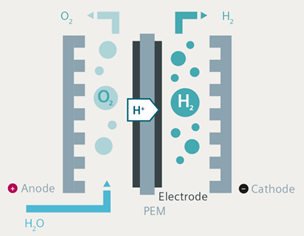
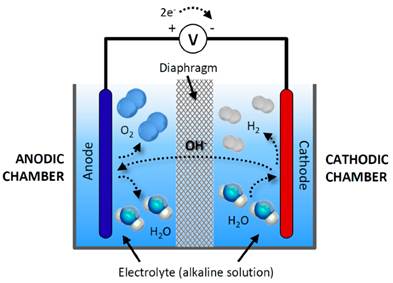
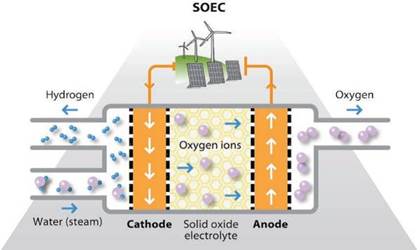
India and Electrolysers
Present Scenario
Untapping the opportunity: Key Steps
Significance of Electrolysers
The way forward
Read all about Green Hydrogen: https://www.iasgyan.in/daily-current-affairs/green-hydrogen-47
© 2024 iasgyan. All right reserved